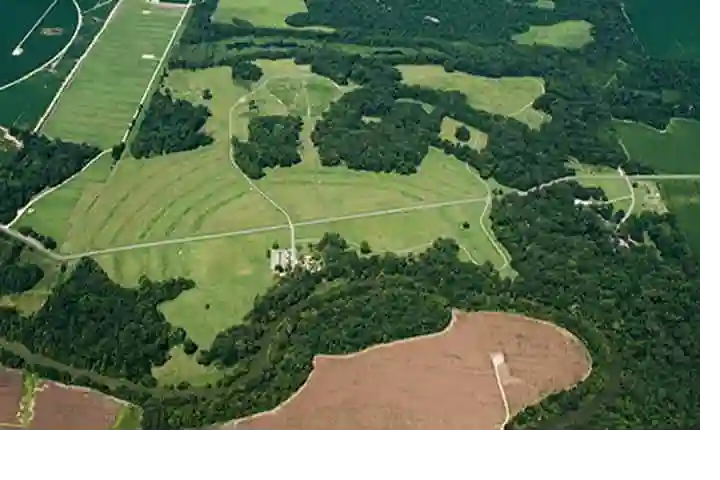Contrary to the earlier belief that Native Americans who were in Poverty Point which is located in northern Louisiana were simple hunters and food gatherers, new evidence suggests that they were not so.
The archaeological findings by Washington University in St. Louis sheds new light on these people – who constituted America’s first civilisation – and lived there more than 3,000 years ago.
According to an article in sciencedaily.com, the early indigenous people did not lead a simple life and were skilled workmen and engineers. They had the ability to construct earthen structures which were big in size in a matter of months, or probably weeks. The amazing aspect of these structures is that they stood the test of times.
Tristram R. "T.R." Kidder, the study’s lead author and the Edward S. and Tedi Macias Professor of Anthropology in Arts & Sciences observed: "We as a research community — and population as a whole — have undervalued native people and their ability to do this work and to do it quickly in the ways they did.”
Kidder went on to add: "One of the most remarkable things is that these earthworks have held together for more than 3,000 years with no failure or major erosion. By comparison, modern bridges, highways and dams fail with amazing regularity because building things out of dirt is more complicated than you would think. They really were incredible engineers with very sophisticated technical knowledge."
Last week on September 1, these findings appeared in Southeastern Archaeology. Other contributors of the study are: Kai Su, Seth B. Grooms of Washington University; graduates Edward R. Henry of Colorado State and Kelly Ervin of USDA Natural Resources Conservation Service.
At the Poverty Point World Heritage site there is a huge earthen mound which is 72-foot tall. Also there are concentric half circle ridges. These were constructed 3,400 years ago by hunter-gatherers. The material they used consisted of 2 million cubic yards of soil though they did not have the luxury of modern tools, domesticated animals and wheeled carts.
Also read: Study suggests that ancient Dravidian language was used in Indus Valley
Kidder feels that the place was a religious site, visited by the Native Americans and treated as a pilgrimage. The place was abandoned about 3,000 to 3,200 years ago and the possible reason could be climate change and flooding in the Mississippi Valley.
The large number of artefacts found in the Poverty Point ridges suggest that people must have been living there. What Kidder and his team did was they again excavated and evaluated the site located on the Ridge West 3 at the Poverty Point Site. Earlier in 1991, Jon Gibson had excavated this place.
The team used new and modern research methods including radiocarbon dating, microscopic analysis of soils and magnetic measurements of soils. Conclusive evidence shows that the earthworks were built fast and rapidly. No evidence was found of boundaries or signs of weathering between the various levels which come into being if there is even a brief pause in construction. As per Kidder the construction was completed in lifts. This means layers of sediment were deposited with the aim to increase the ridge height and linear dimensions before placing another layer to expand horizontally and vertically.
Kidder states that the mounds and ridges would have needed a large labour force who besides being well organised would have needed able leadership to guide them. This challenges the earlier belief about the behaviour of pre-modern hunters and gatherers.
Also read: 600-year-old Kadavumbhagam Synagogue in Kerala to be repaired and restored
Kidder remarked: "Between the speed of the excavation and construction, and the quantity of earth being moved, these data show us native people coming to the site and working in concert. This in and of itself is remarkable because hunter-gatherers aren't supposed to be able to do these activities.”
What has really impressed the researchers is the fact that how durable these constructions are as they are still intact. Being close to the Gulf of Mexico, the rainfall in the region is heavy and that makes these structures prone to erosion. By doing microscopic analysis of the soil it was found that the Native Americans used to mix varied soils including clays, silts and sand. The mixture was in a ratio that rendered the structures stronger.
Giving an example of this, Kidder averred: "Similar to the Roman concrete or rammed earth in China, Native Americans discovered sophisticated ways of mixing different types of materials to make them virtually indestructible, despite not being compacted. There's some magic there that our modern engineers have not been able to figure out yet.”




















